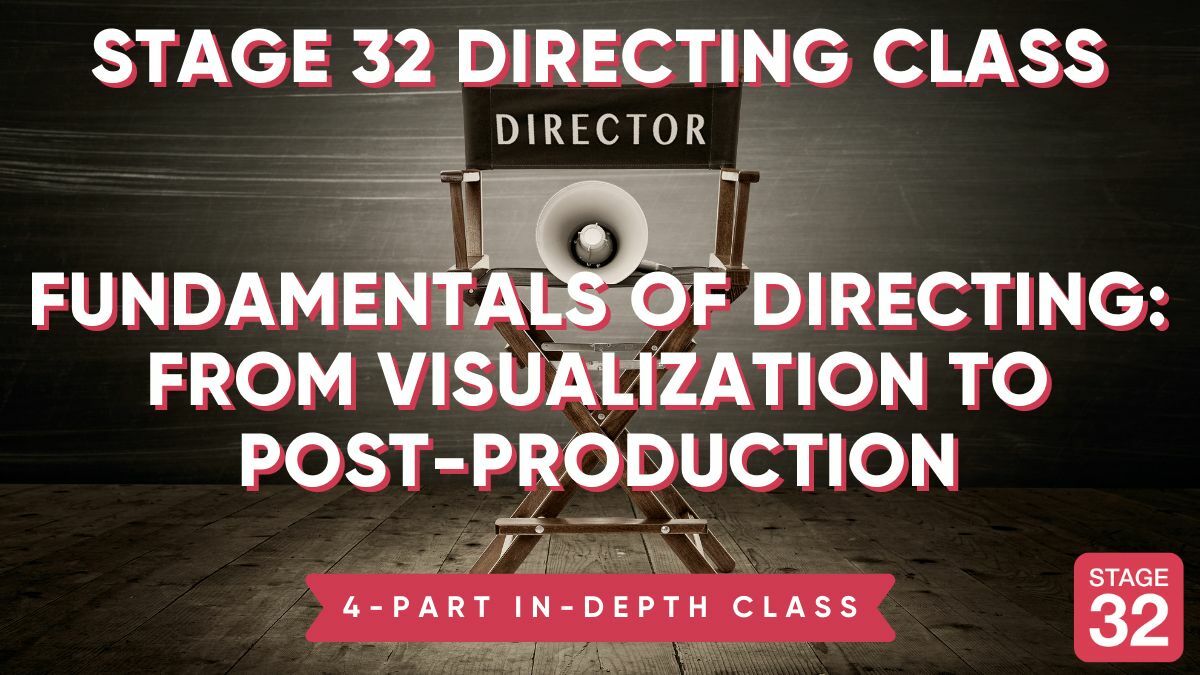As a filmmaker, the first thing I look for when setting up a shot is the natural light. Maybe I’m in an old building with tall windows, and the sunlight is spilling into the space, casting interesting shadows across the room. That light already tells part of the story. From there, I might add some fill—just enough to shape the image or bring a bit more attention to the talent.
But what if I want to preserve the darkness? What if I want my actor to step into the beam of light, making that moment feel more intentional, more dramatic?
These are the choices we make: Do we lean into natural light, shape it, replace it with artificial, or find a balance between both?



5 people like this
Stephen Folker, I love this, it really gets to the heart of what makes cinematography so powerful. Natural light has such a storytelling presence all on its own, and I think some of the most memorable shots come from knowing when not to overpower it.
I’ve always loved that idea of letting light reveal story, whether it’s an intentional step into a beam of sunlight or letting shadows obscure just enough to create mystery or tension. It’s those small, deliberate choices that add so much emotional weight to a scene.
3 people like this
@Stephen Folker and @Ashley Renée Smith Whenever possible I use natural light, and always with good results.
4 people like this
Light is everything. Without it we can't see and cinematography wouldn't exist.
Natural vs artificial depends on the intent, the approach, the location, the subject and oftentimes the budget.